Ninh Binh is a province located at the southern gateway of the North of our country, formerly the capital of Vietnam from 968 to 1010 with 3 dynasties Dinh, Tien Le, Ly and also an important military area through historical periods. Therefore, this place has many spiritual places that attract many tourists to visit and worship.
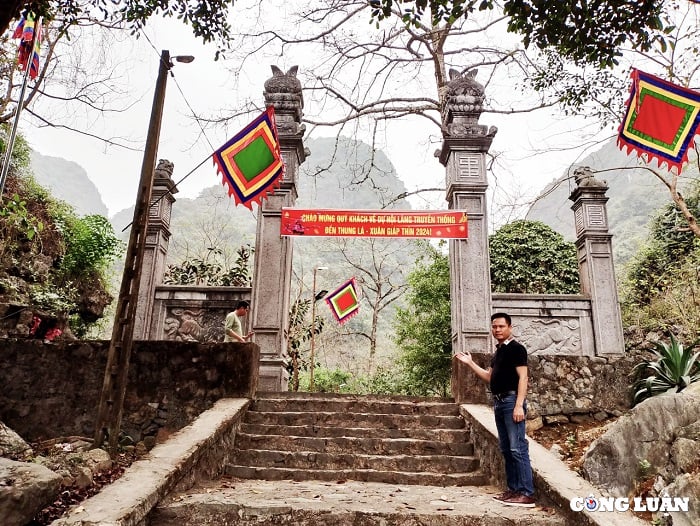
Gia Vien district is the land of "giving birth to kings and saints"; the place where King Dinh Tien Hoang and Saint Nguyen Minh Khong were born.
In particular, Gia Vien district is the land of "giving birth to kings and saints"; the place where King Dinh Tien Hoang and Saint Nguyen Minh Khong were born. Gia Vien also has many other famous people such as: Prime Minister Nguyen Bac, Ngoai Giap Dinh Dien, Minister Trinh Tu, Grand Tutor Luu Co of the Dinh Dynasty and Grand Tutor Truong Ba Ngoc of the Ly Dynasty.
In Gia Vien district, there are currently 279 historical and cultural relics such as: Hoa Lu Cave, Dich Long Cave, Bai Dinh Pagoda, King Dinh Tien Hoang Temple in Gia Phuong Commune, Saint Nguyen Temple, Kenh Ga Hot Spring, Van Long Nature Reserve.... And it would be a mistake to miss Thung La Temple, one of the sacred historical relics that visitors should visit and worship when coming to Gia Vien in particular and Ninh Binh in general.
Thung La Temple is located next to Hoa Lu Cave, in Gia Hung Commune, Gia Vien District, with an area of about 4 hectares. This is a fairly deep valley, surrounded by five large mountains, in front of which is a large lotus lake with a fragrant scent.
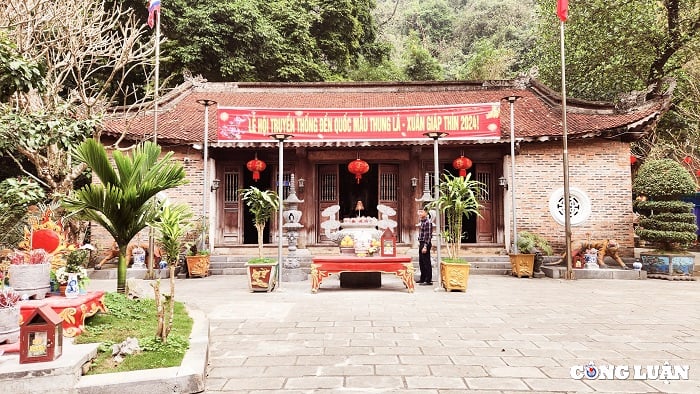
Thung La Temple is the place to worship the Mother Goddess of King Dinh Tien Hoang and the mysterious Lady who had many contributions to helping King Dinh defeat the 12 warlords.
This is the place to worship the Mother of King Dinh Tien Hoang and the mysterious Vuong Ba who had many contributions to help King Dinh quell the rebellion of the 12 warlords. Legend has it that in the past, there was a Vuong Ba who was a very good fortune teller and often read palms for King Dinh Tien Hoang before going to war or doing something. She had the merit of helping King Dinh quell the rebellion. This place also has many good medicinal plants, so when King Dinh's army was injured, they were taken from Thung Lau to Thung La for treatment through a small village. People also say that: Thung La is a sacred forest, so people often come here to burn incense before going to the forest.
To enter the Thung La National Mother Temple, visitors must go through a gently sloping path with nearly 100 steps up and down. In front of the temple is a well, the mouth of the well is made of green stone carved with many images such as: dragons, turtles, birds, chrysanthemums, etc.
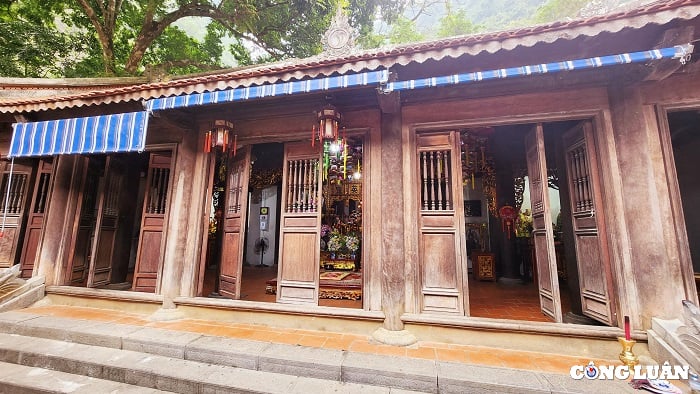
Thung La Temple has the architecture of "Tien Nhi, Hau Dinh" - Han script. The front worshiping area has three rooms opening to three doors, no porch, on top is a pair of dragons facing the moon, the back is connected to the sanctuary.
Thung La Temple has the architecture of "Tien Nhi, Hau Dinh" - Han script. The front worshiping area has three rooms opening to three doors, no porch, on top is a pair of dragons facing the moon, behind is connected to the back palace. Through the brick yard is the Front Sacrifice House with 5 rooms, roofed with tiles, inside is the altar of Tran Dynasty.
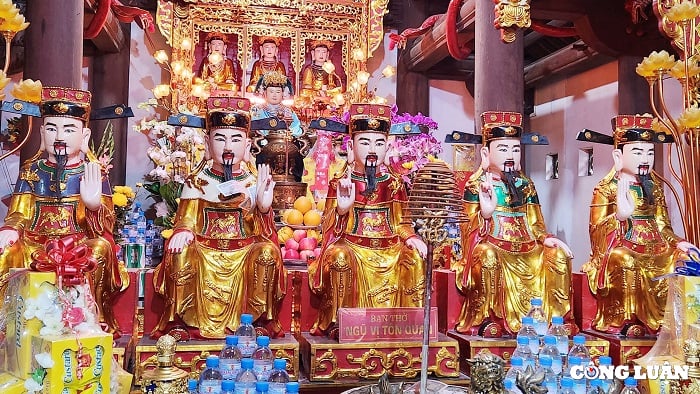
Inside the front sanctuary worships the Council of Officials...
Inside the front of the harem is the altar of the Cong Dong Cac Quan, next to it is the statue of the heroic Mother of the Nation placed in a red-lacquered and gilded shrine, with a gentle and kind face, close and mysterious and sacred. On top is the altar of the Three Holy Mothers (the First Heaven, the Second Heaven and the Third Water Palace), these are the characters in the Mother worship of the ancient Vietnamese. On the right side of the harem is the altar of the Quan, on the left side is the altar of the Lord of the Heaven. Outside, adjacent to the mountain, is the Son Trang Palace (also known as Son Trang Cave).
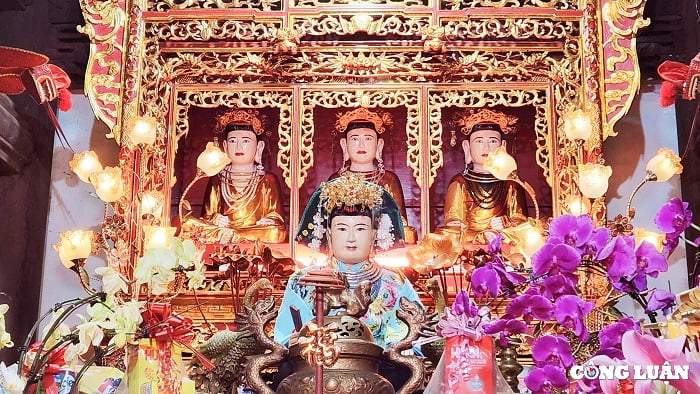
...next is the statue of the Holy Mother of the Nation placed in a gilded shrine, with a gentle and kind face, close yet mysterious and sacred. On top is the altar of the Three Holy Mothers.
The natural and cultural environment here is protected by the government and the people, so Thung La Temple is a very peaceful place surrounded by many green trees. When visiting and worshiping Thung La Temple, visitors feel like they are in a fairyland because of the beautiful scenery of the mountains, the long roads leading to the cave, and the green grass on the dike. Every early spring, visitors often come in large numbers to pray for a good new year and to practice or enjoy the bronze statues - a unique cultural form in the Mother Goddess worship of the Vietnamese people.

The Thung La Temple Festival is held on the 11th day of the first lunar month every year. When visiting and worshiping Thung La Temple, tourists should visit Thung Lau, which is associated with the childhood and adulthood of Dinh Bo Linh. Coming here is an opportunity to help us review the ancient times in the 10th century, when Dinh Bo Linh grew up and gathered and trained soldiers. After that, Dinh Bo Linh's armed forces grew stronger and stronger, occupying the entire Hoa Lu countryside, and by the end of 967, he had pacified and subdued 12 warlords, and in 968 he ascended the throne as Emperor. For the first time in the history of Vietnam, Dinh Tien Hoang was the one who consolidated national independence and sovereignty, built a unified feudal nation - the ancestor of national reunification.
Source










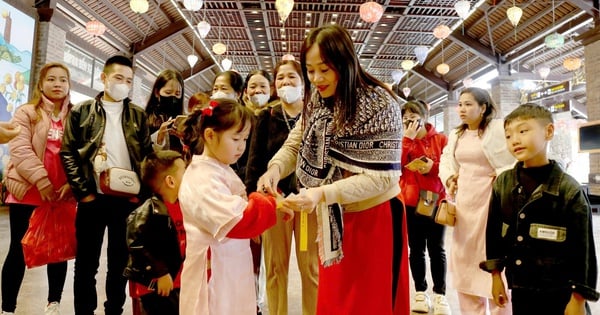
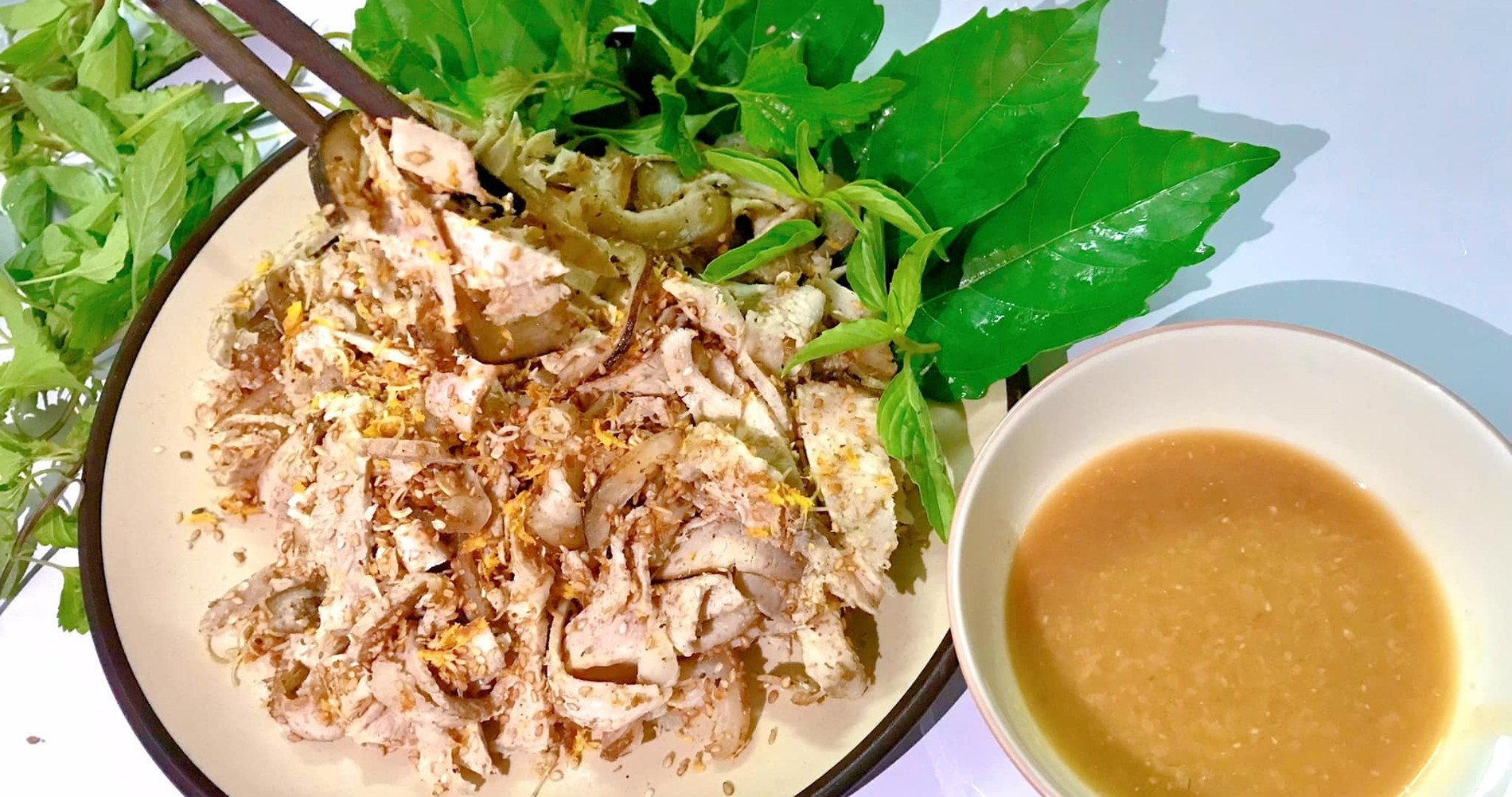

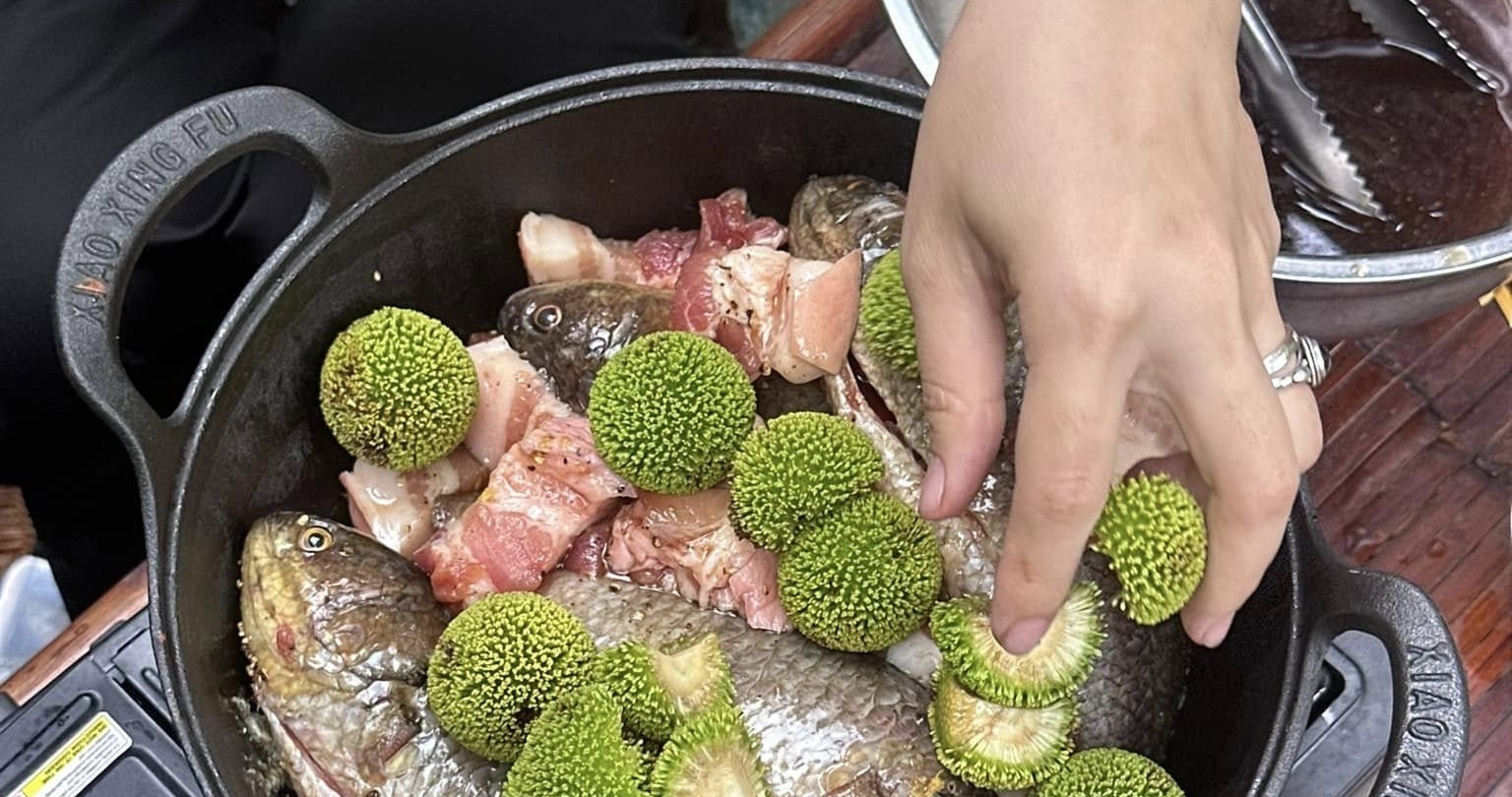

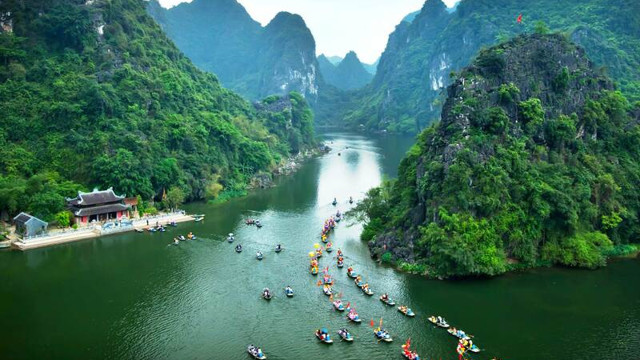

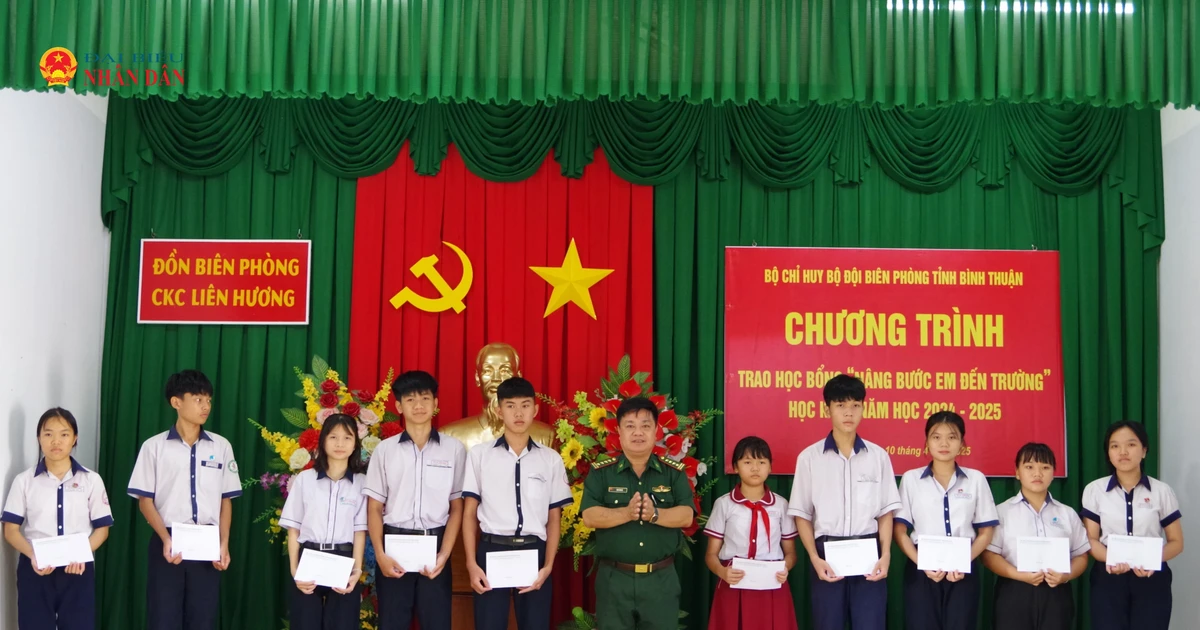

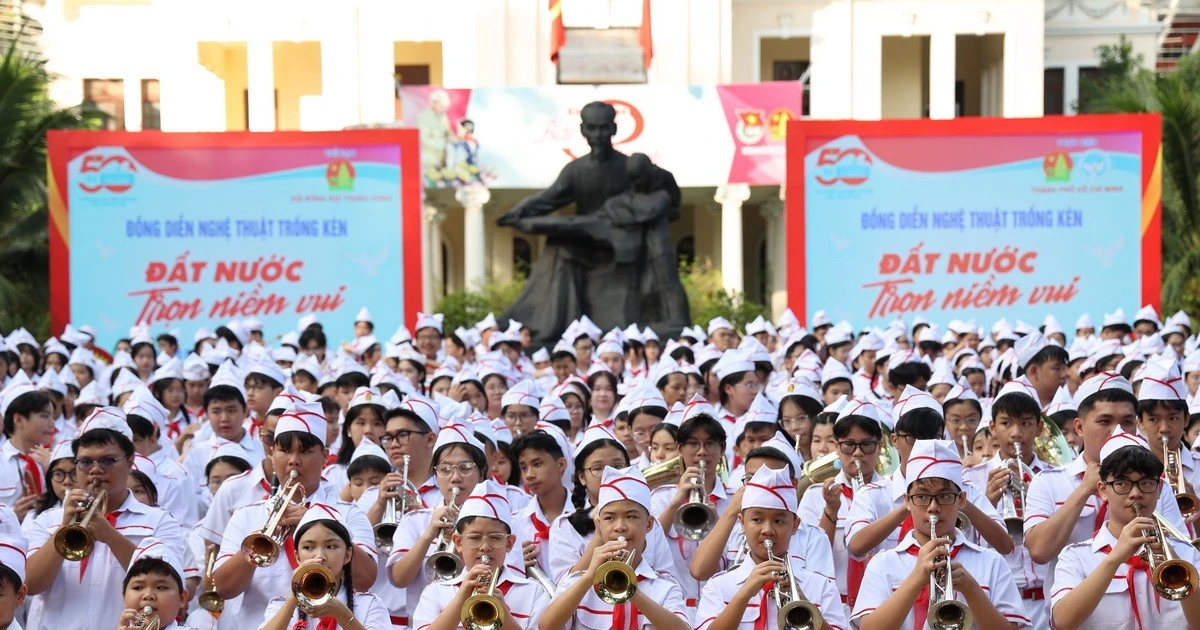
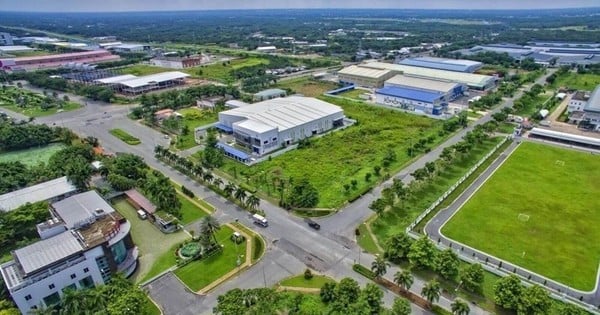

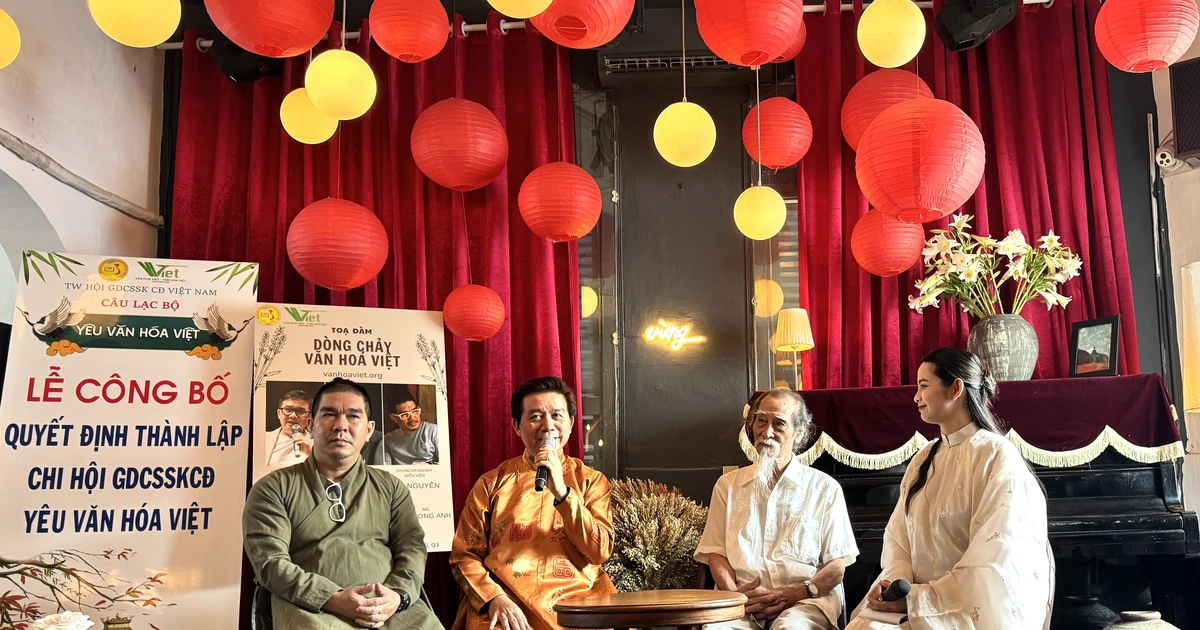





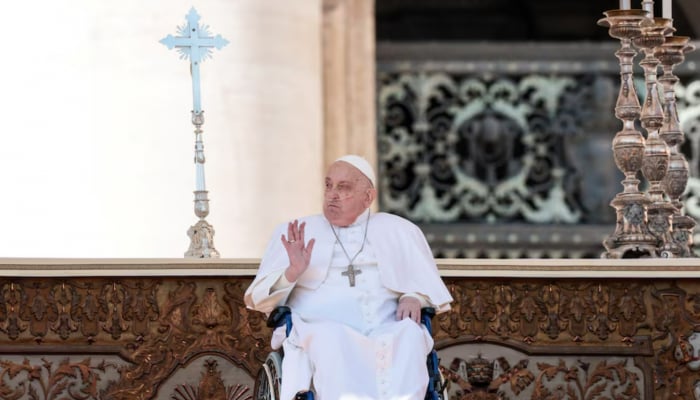
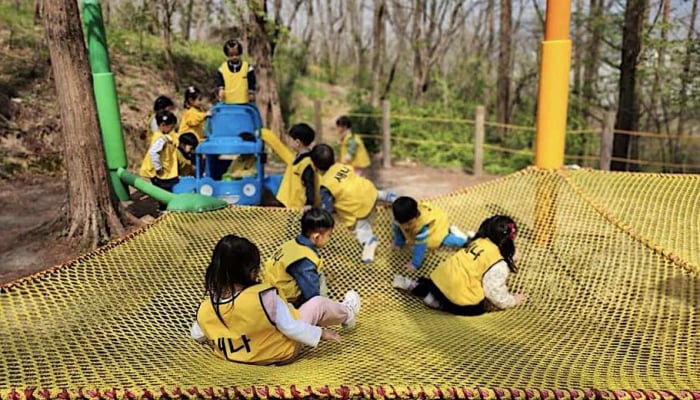
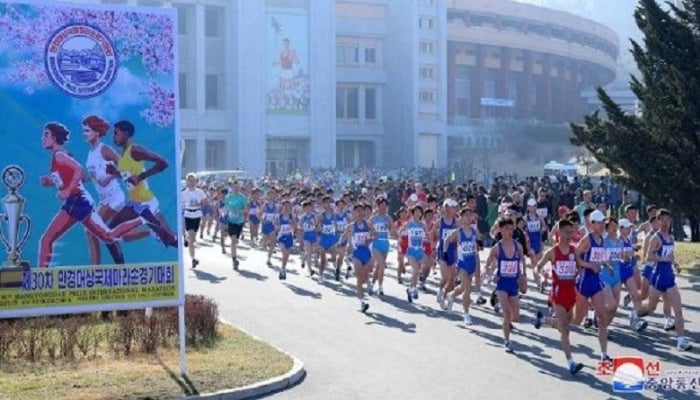

![[Photo] "Beauties" participate in the parade rehearsal at Bien Hoa airport](https://vstatic.vietnam.vn/vietnam/resource/IMAGE/2025/4/11/155502af3384431e918de0e2e585d13a)









































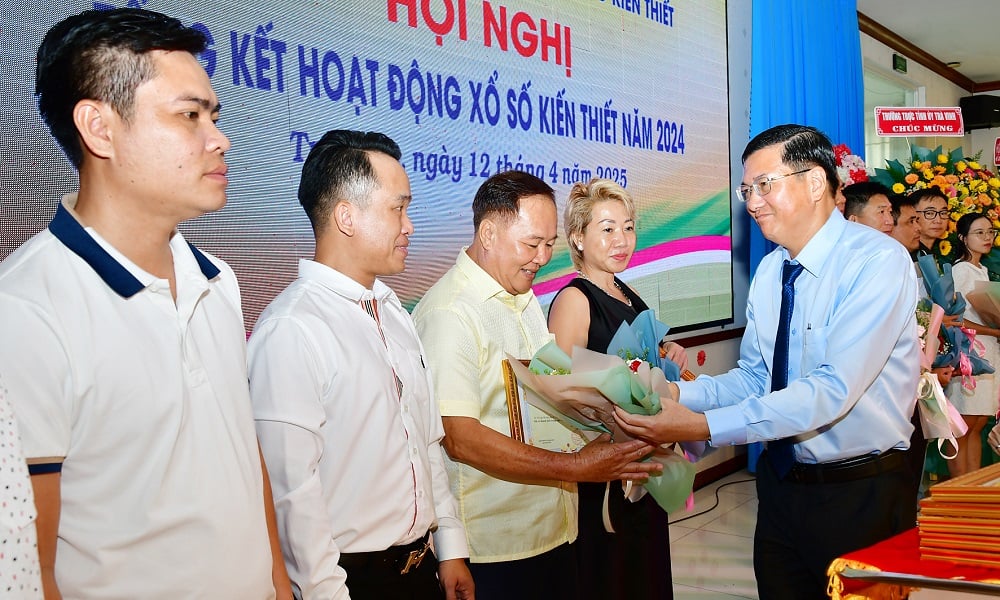
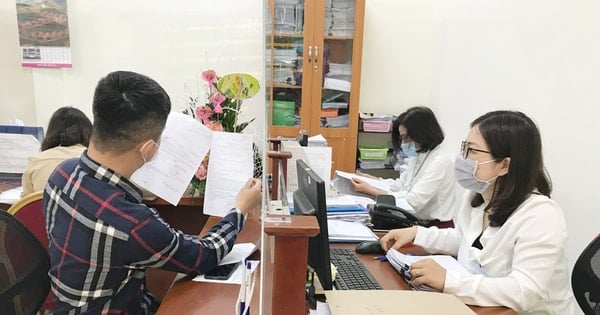

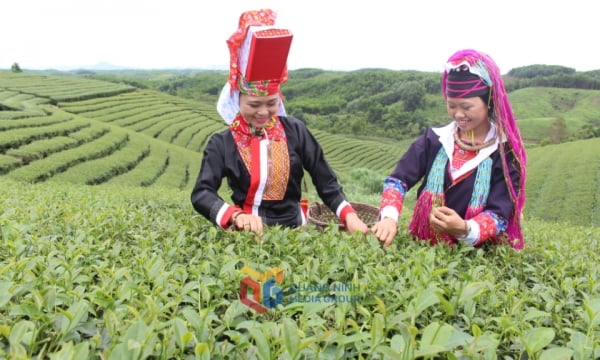

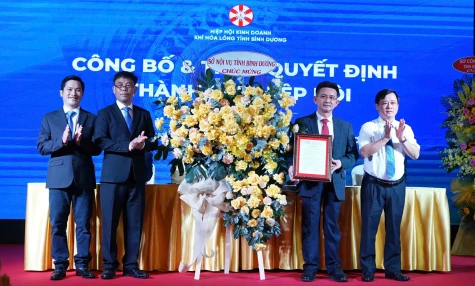

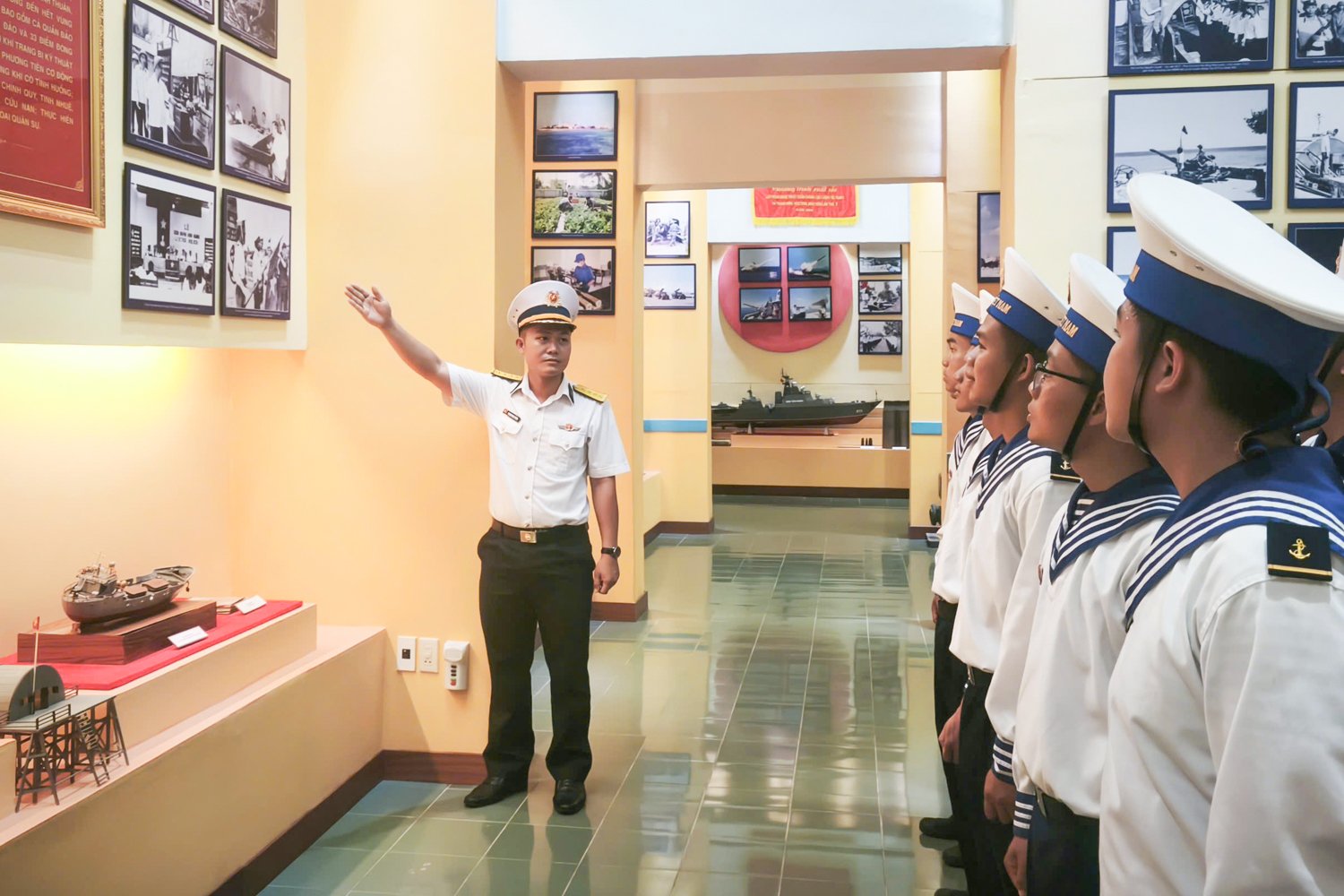

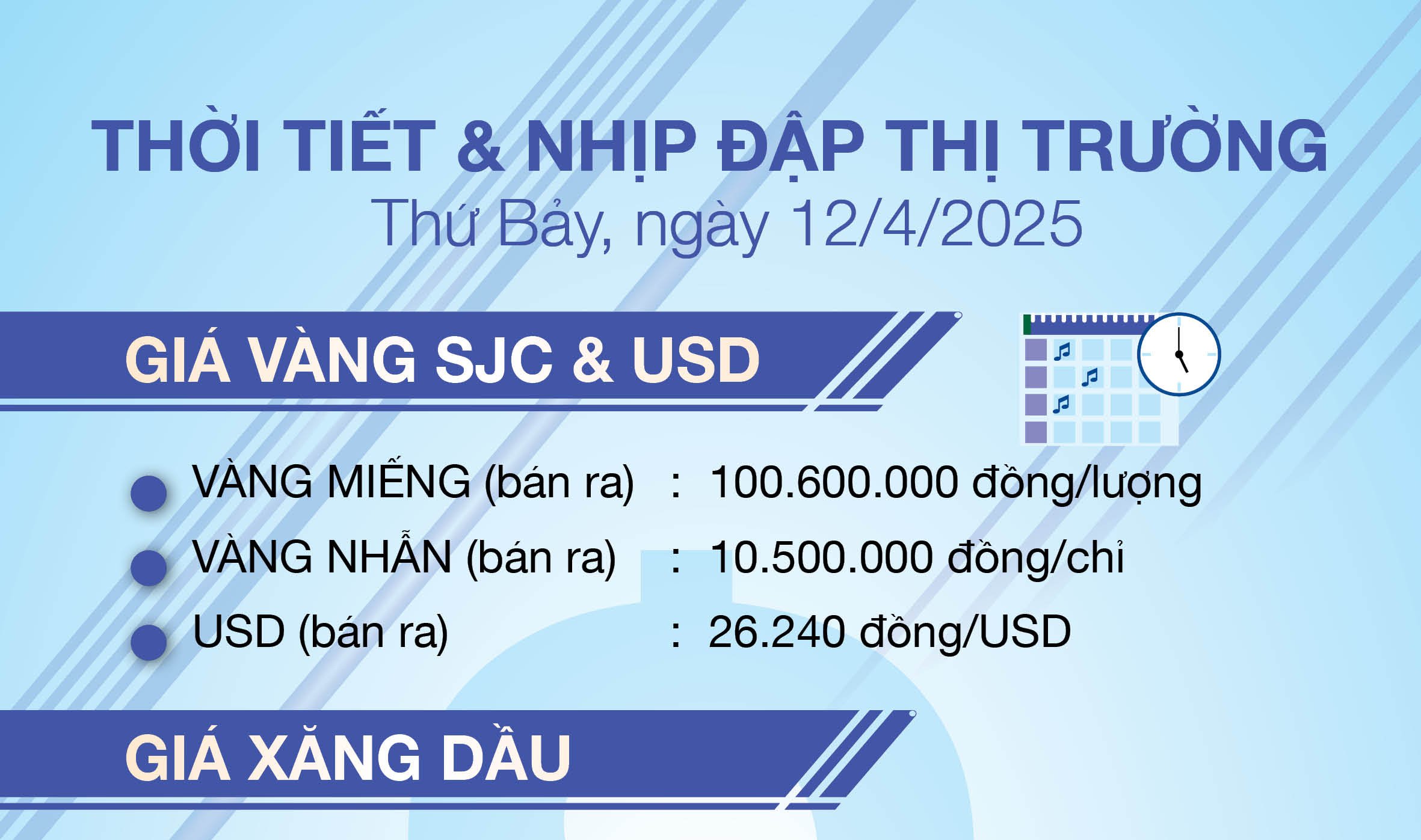












Comment (0)